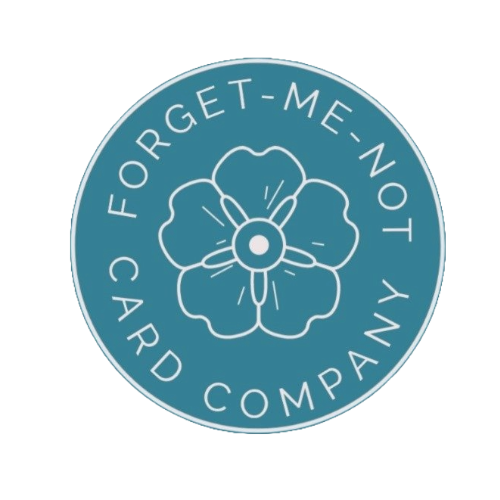Candy Cane or Gingerbread
Week 5
Good day, fellow crafters. The exact origins of candy canes are a bit unclear, but their roots can be traced back to Europe. The first documented use of candy canes dates back to the 17th century in Germany, where they were created by choirmasters to keep children quiet during long nativity services. These early candy canes were straight and entirely white, lacking the familiar curved shape and stripes. The red-and-white striped candy canes that we recognize today started appearing in the 20th century. One popular legend suggests that in 1670, a German choirmaster bent the candy sticks into the shape of a shepherd's crook to represent the shepherds who visited the baby Jesus. However, historical evidence supporting this claim is scarce.
This is the fifth week of the Run Up to Christmas Hop 2023 series. Join us in embracing the spirit of the season where love, joy, and creativity harmoniously converge. I hope you enjoy my submission to these challenges and if you would like to see the work the other participants in the hop have done then check out #runuptochristmashop2023 or head over to my Instagram page @forgetmenotcardco, find my post with this card, and then follow the other participants listed in the description.
The theme for this week’s challenge is Candy Cane or Gingerbread and as you can see I decided on the classic Christmas candy can motif. Using a piece of white Hammermill cardstock that I had secured to my work surface, I then secured the Gina K Sassy Stripes stencil, featured left, over it with some mint tape. Then using a small pallet knife I spread Nuvo Glimmer paste in Specter Red over the the stencil. Once it was covered to my satisfaction I carefully removed the mint tape and slowly peeled away the stencil. I then set it aside to dry thoroughly.
The next step was to create the sentiment. To do this I began with some green cardstock in order to continue the classic Christmas motif and followed that up by using the Spellbinder Stylish Script Merry Christmas Glimmer plate, featured right, along with Polished Brass (GOF-SEP21) foil. For me, at least the hot foiling really makes this card pop. Just remember, if you want a good result then make sure you know your equipment. For instance, my machine usually takes 1 or 2 extra heats beyond the instructional guidance, especially with a larger plate, to get up to the correct temperature for a perfect transfer. I then used a die from my collection to cut the sentiment out.
The next step was assembly. I trimmed the striped background panel to its final dimension and then added a green mat that was the same color used for the sentiment. I adhered the background panel to the mat with double-sided tape and then that composite to a white square card base. I then adhered the sentiment to the background panel and called the card complete.






